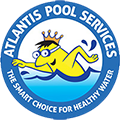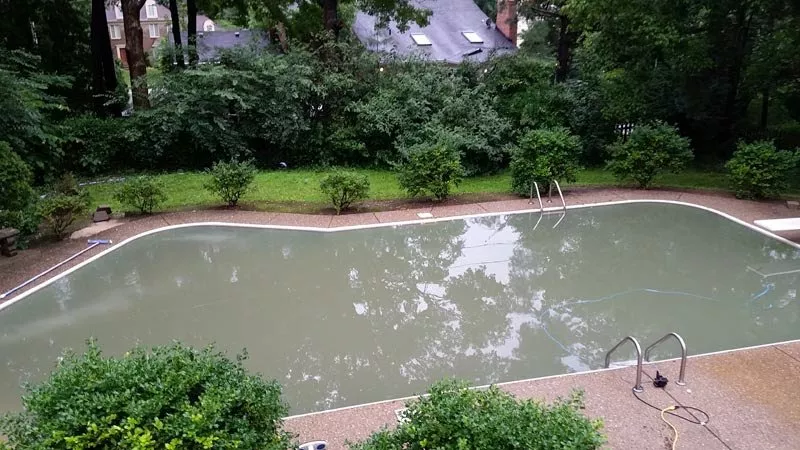Cleaning Flooded Pools
Cleaning Flooded Pools
Cleaning Flooded Pools
First Steps
- If pool fences and barriers have been washed away appropriate barriers should be put in place to prevent accidental drowning (as per AS1926.3).
- Add 20-30 litres of liquid chlorine to the pool to prevent mosquitos from breeding.
- Next, the pool must be inspected to better understand the issues and what needs to be done to fix the problems.
Pool and Spa Inspection
- Conduct a visual inspection of the pool area, barriers and gates, safety equipment and the pool itself for broken or malfunctioning equipment.
- Have a qualified electrician inspect and repair or replace equipment or wiring that may be damaged including power supplies, pumps, lighting, grounding etc.
- Have a qualified pool professional inspect, repair or replace the pool equipment, pump, filter, chlorinator, cleaner, heaters and other circulation or control equipment.
- Inspect all inlets and outlet fittings and check the condition of the filter media.
- Empty and clean the skimmer basket(s).
- Remove debris, sweep, rinse and disinfect the coping and surrounds around the pool including furniture and pool toys.
Decontamination and Draining the Pool Water
- Depending on how dirty the water is in your pool, you will have to assess whether it makes sense to add chemicals -chlorine, flocculent and clarifiers to begin cleaning the water and removing solids from the water, plumbing lines, filter and other components. The second option is to drain the pool partially or completely.
- Since the ground water table in the area will be higher than normal after a flood it is extremely important that the pool or spa is not drained without the advice of a licensed pool professional. This is important to avoid the pool from being ‘lifted’ from the foundation due to ground water pressure. Emptying a pool may also void construction warranties.
Decontamination
- Take a sample of the pool water to your local pool professional for testing and advice. Superchlorinate the water and add water clarifiers or flocculent to help filter out debris or settle debris to the bottom. Test and adjust the water pH between 7.2-7.8.
- Debris that settles to the pool bottom should be vacuumed to waste to reduce the risk of plugging the filter and to remove contaminants that will consume chlorine.
- Maintain the chlorine level and circulate the water. In a spa, make sure that the jets are set at their maximum. Also for a spa, turn the aerator (blower) on and off about every five minutes while the water is circulating. This will ensure that the lines are being cleaned.
- Test the chlorine level and pH in the evening and again the following morning to see if the water has maintained its levels. This will help you understand if there is substantial contamination remaining in the water requiring additional chlorine, flocculents and/or clarifier.
- When you have finished balancing your pool it is important to take a sample of pool water to your local pool professional to have it tested for phosphates (algae food). High levels of phosphates will use up chlorine very quickly increasing the need for chlorine and the risk of your pool going green. Phosphates can easily be treated with Ultimate Phosphate Remover. As a final insurance policy we would advise adding an algaecide.

